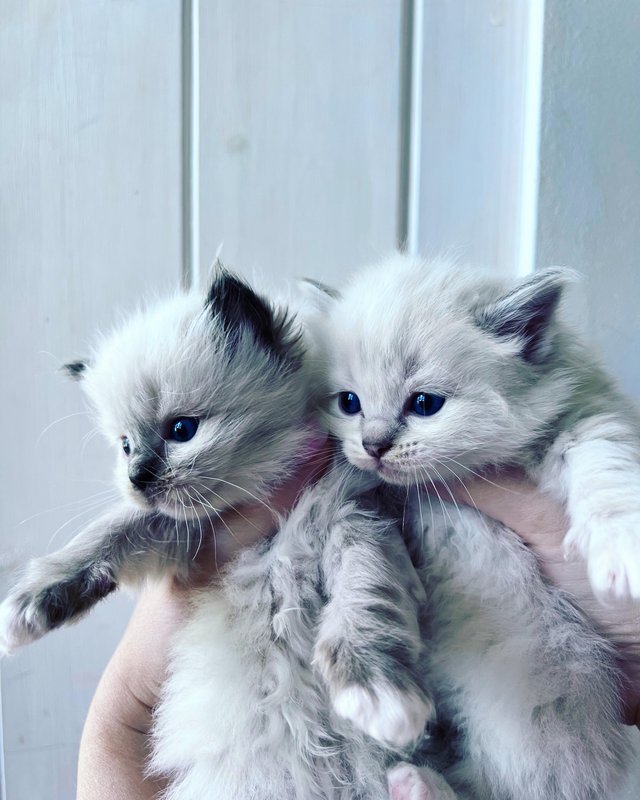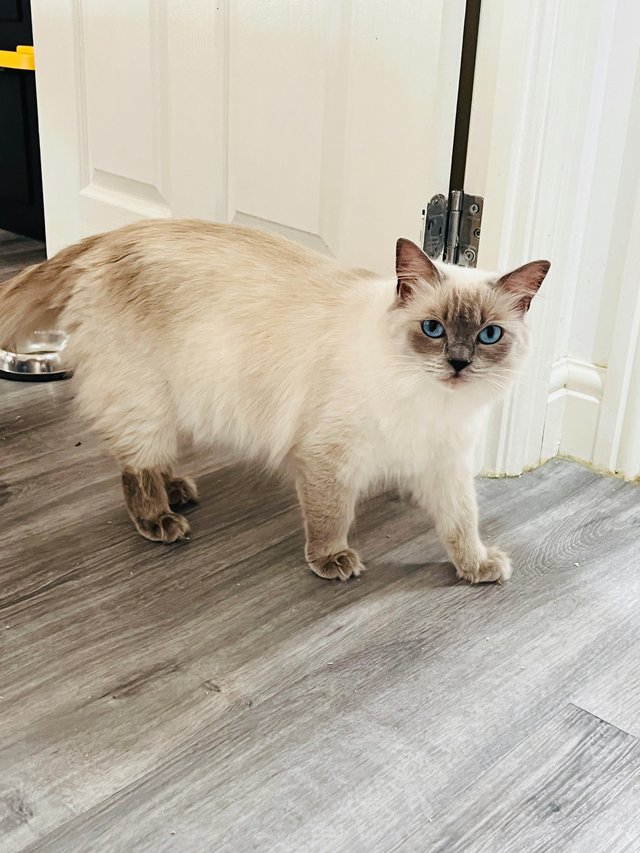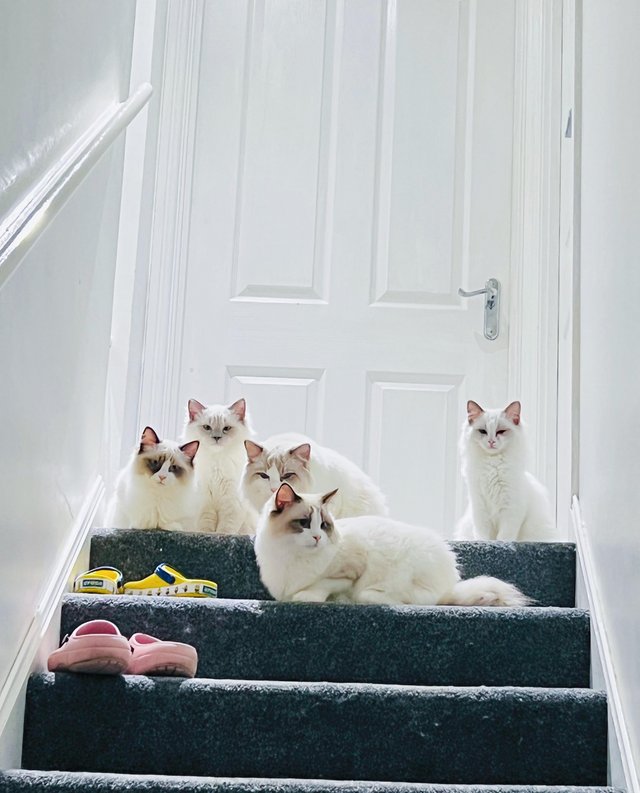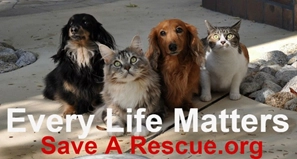


Origin
United States
The Ragdoll originated in the early 1960s when a Persian breeder, Ann Baker of Riverside, Calif., bred a semi-feral longhaired white cat resembling an Angora to cats she found or owned.
The offspring of “Josephine” had unique, endearing temperament traits that Baker selectively bred in creating the breed.
Personality
- That the Ragdoll Cat is one of the most popular longhair cat breeds. Social and loving, this cat enjoys people and gets along well with children and dogs. The desire to be near her family has earned her the affectionate nickname “puppycat.” The Ragdoll can be taught to fetch and come when called. Playful throughout their lives, these cats mature slowly in three to four years.
- Sociable and dependent cat
- A Quiet & Calm cat
- Larger stockier cat breed
- Requires grooming every day
- Non hypoallergenic breed
- Needs some out-door space
- Great family cat
Ragdolls are smart, loving and playful. Social and loving, this cat enjoys people and gets along well with children and dogs. This breed readily comes to greet you when you come home and don’t be surprised if they follow you around, sit on your lap and snuggle up with you in bed. Ragdoll cats enjoy learning tricks if you use positive reinforcement. Never scold them, they are sensitive to negativity.
They may come when called and can even learn to play fetch. This sweet but playful feline prefers to remain on the same level as her people, rather than perched atop a bookcase or shelf. She’s good with children, other cats and dogs.
History
Ann Baker, a breeder in California, developed the breed in the early 1960s using free-roaming cats she found in her neighborhood. As time went on, she grew what others considered her to be ‘eccentric’, so other breeders distanced themselves to maintain the integrity of the breed.
In 1993, the breed was registered with the Cat Fanciers Association (CFA), receiving full recognition in 2000. The American Cat Fanciers Association (ACFA) and The International Cat Association (TICA) also recognized the breed.
Did You Know?
- Ragdolls aren’t bred with any other breeds.
- They are the second largest domestic cat breed.
- These felines get their name from the way they collapse limply into the arms of anyone holding them.
Did you know cat hair isn’t the cause of reactions in people sensitized to cat allergens? The primary cause is an allergen produced in cats’ saliva. These allergens are spread to cats’ hair through grooming, which are then shed into the environment.
Appearance & Coat
COLORS: Seal / Blue / Chocolate / Lilac/Red / Cream
Ragdolls are one of the largest domestic cat breeds. They have a large head in a softer wedge shape than the sharp angular face of the Siamese.
With a long, soft coat, oval-shaped blue eyes and medium-sized ears with rounded tips, their appearance matches their docile personality. They have a solid neck with a large and long, yet solid body, supported by a sturdy bone structure.
With point coloring similar to the Himalayan or Siamese breed, Ragdolls have light-colored bodies with darker extremities. With a color palette ranging from seal to blue to chocolate to cinnamon and more, the combinations of colors and patterns are almost endless. Ragdolls also have distinct blue eyes.
Because Ragdoll Cats have little undercoat, they shed moderately throughout the year and more heavily in spring and fall. This also means less matting, but regular brushing is still necessary to keep the coat smooth, soft and free of tangles, mats and dead hair. If you’re gentle, your Ragdoll will adore the attention during grooming.






